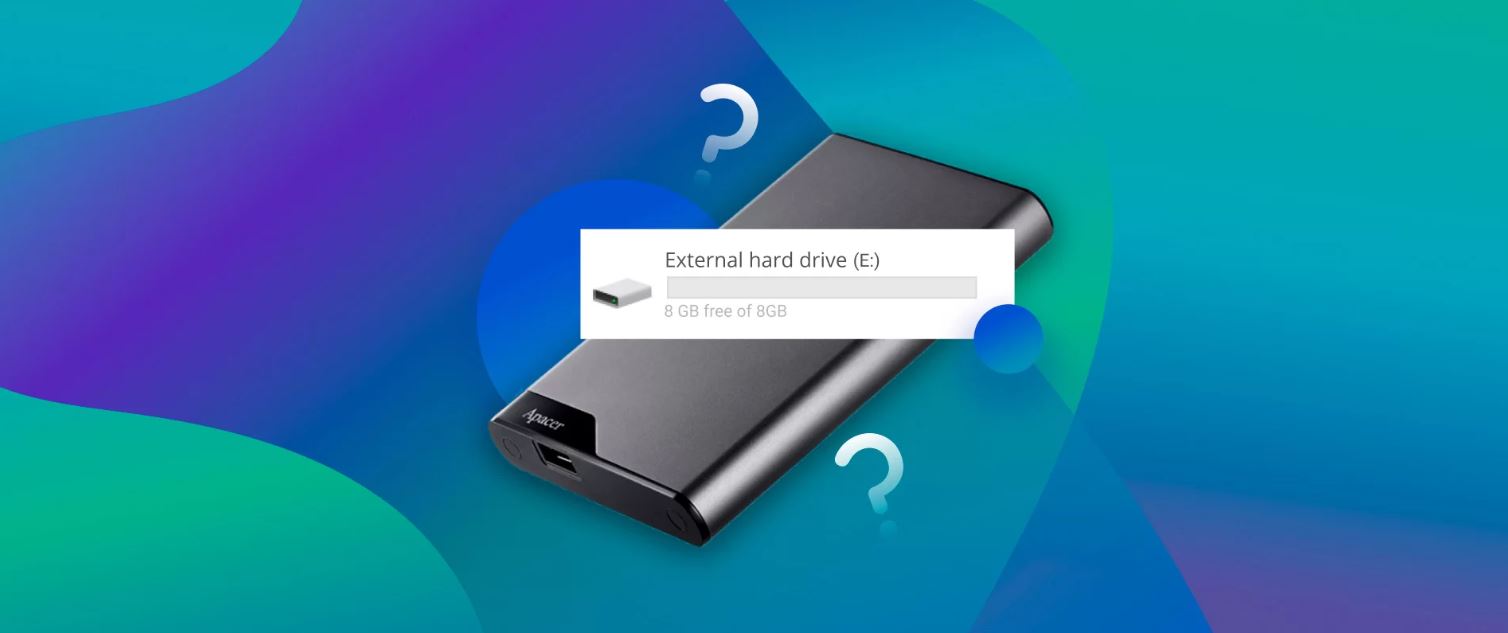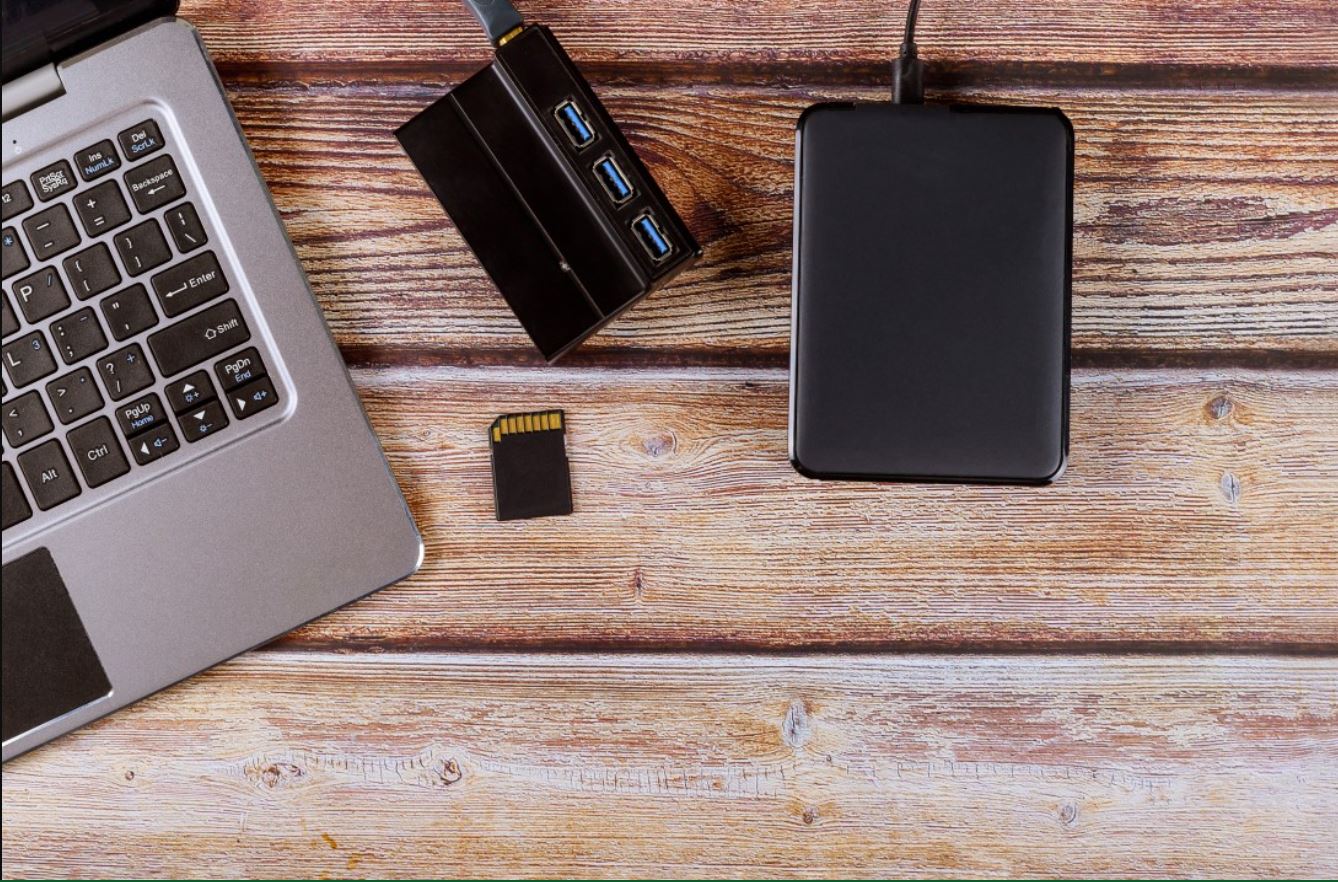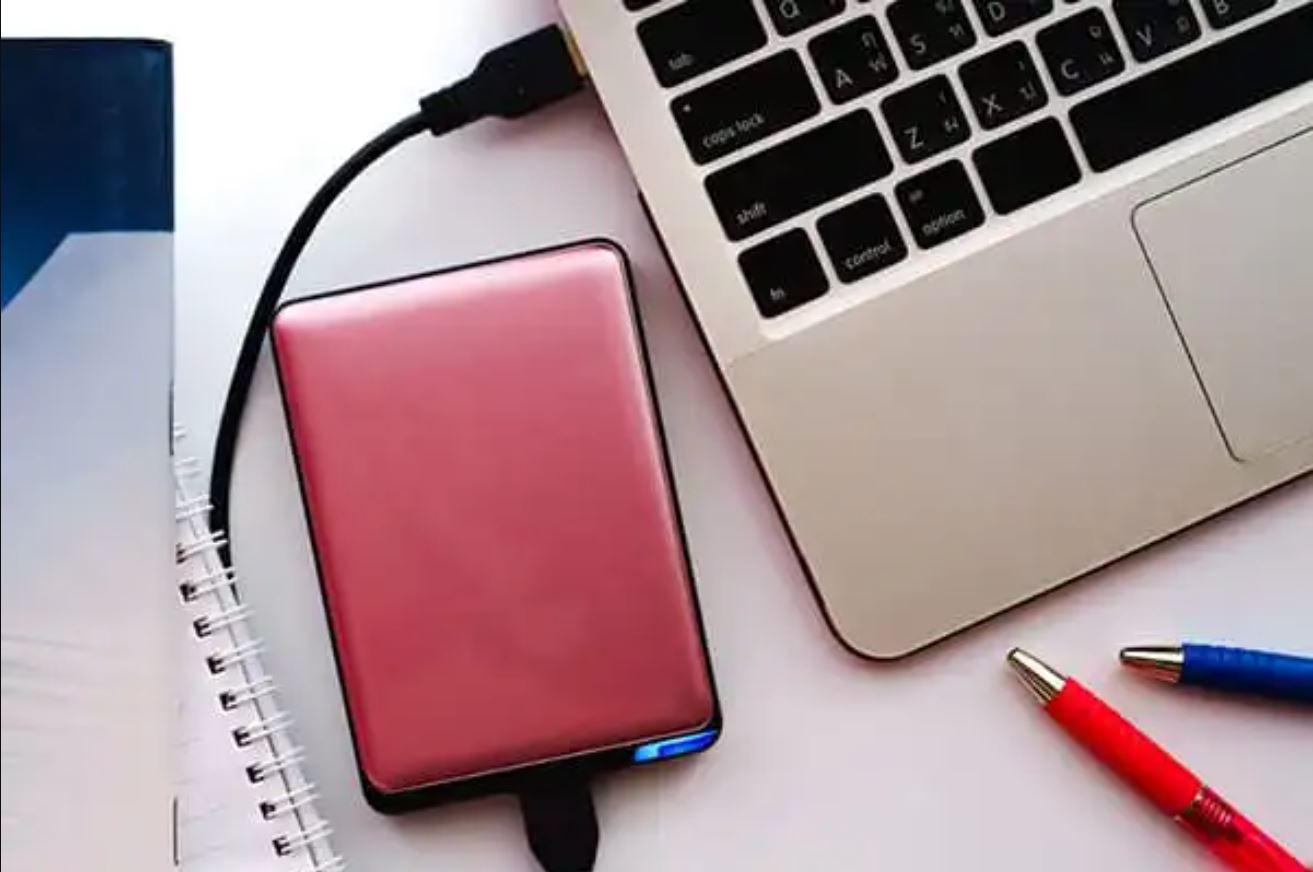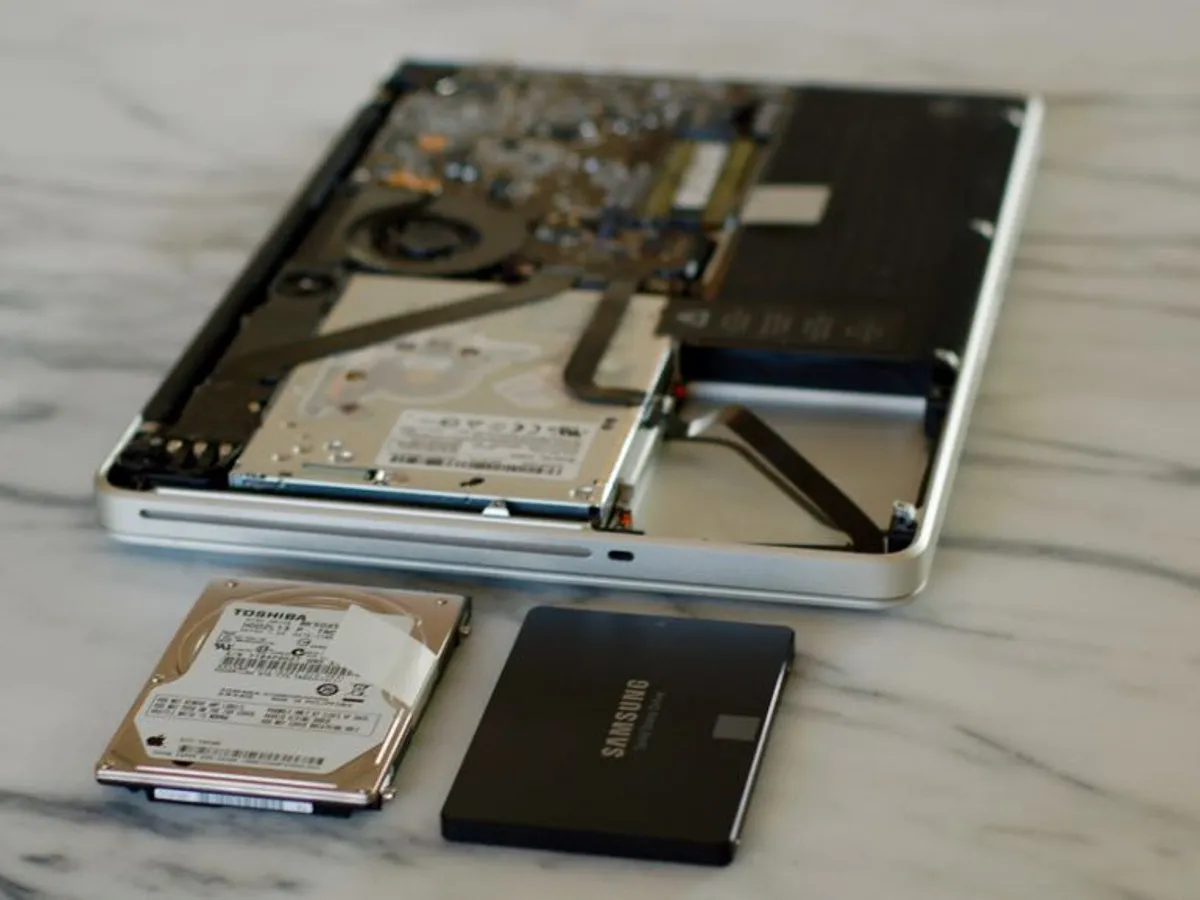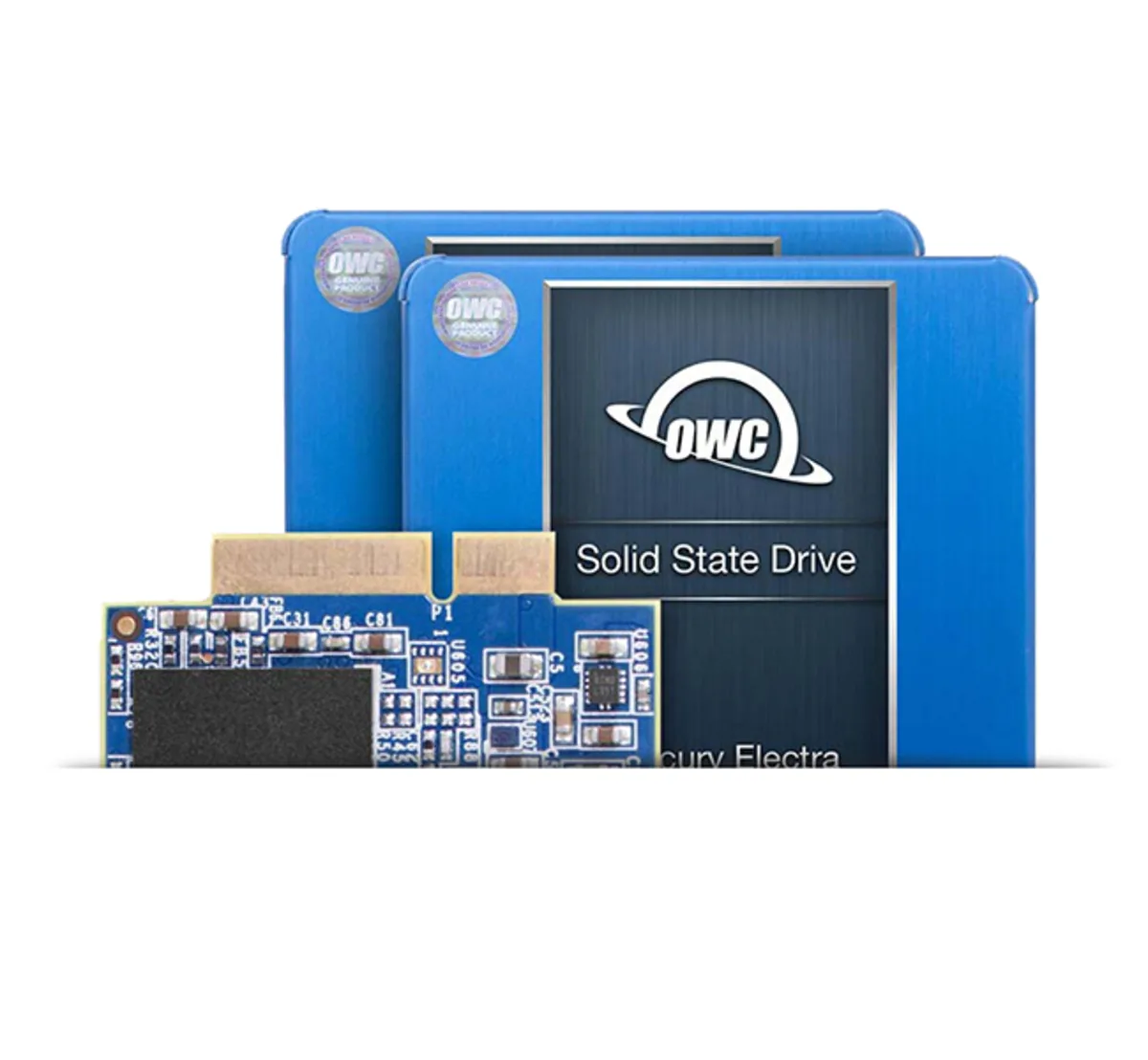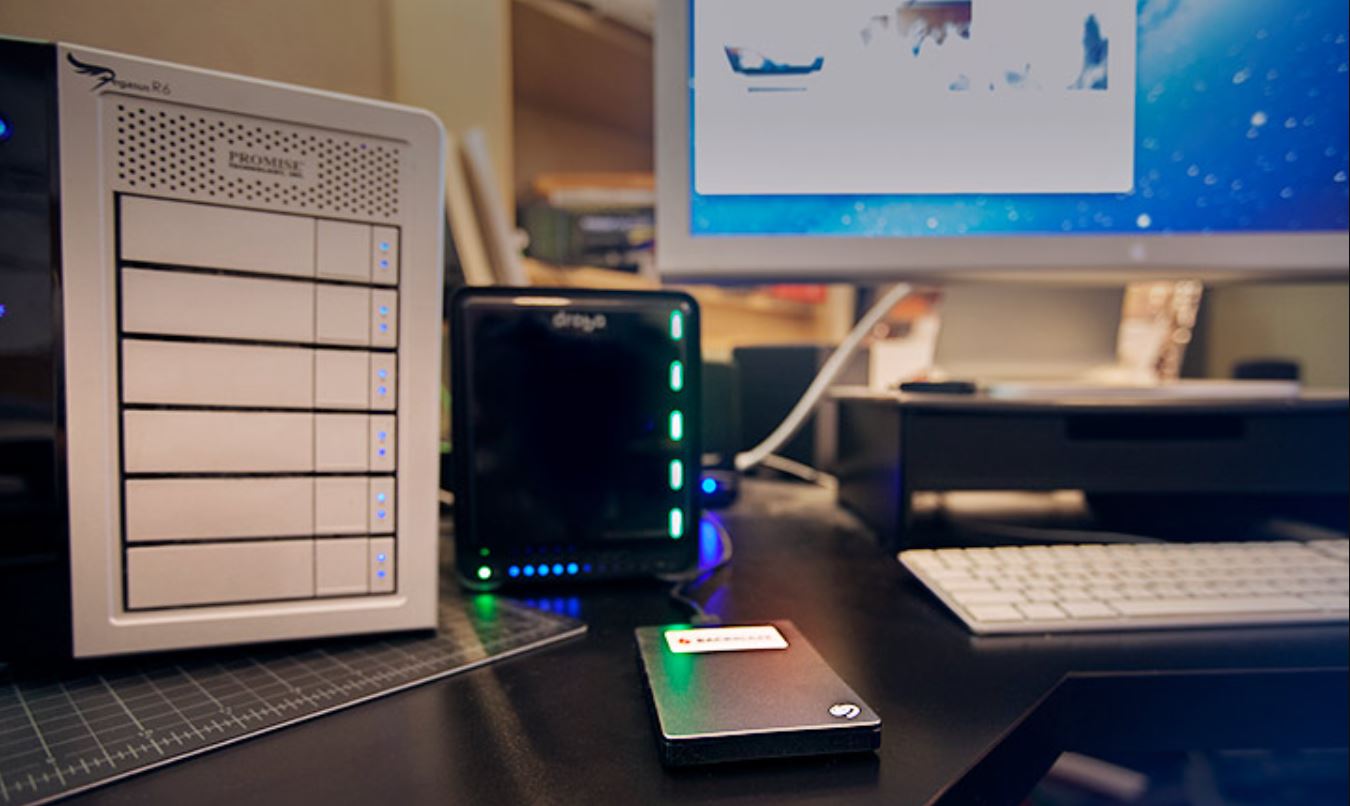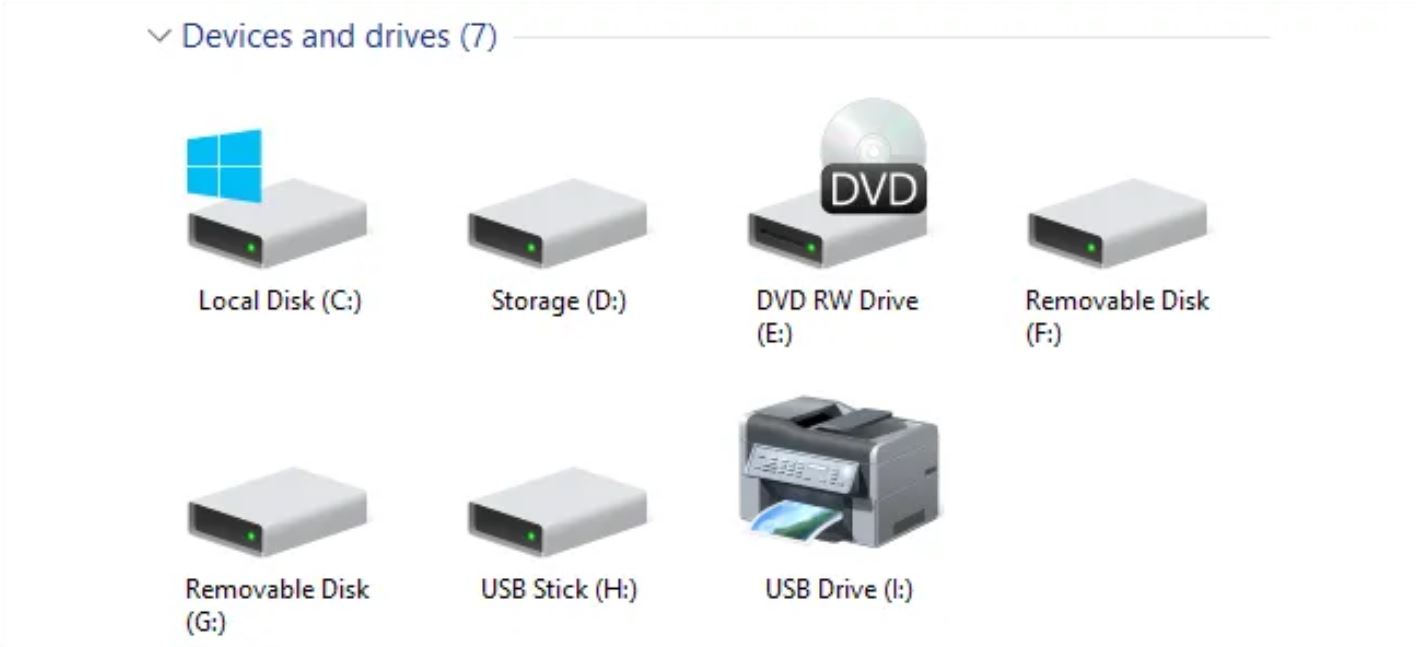Introduction
External hard drives are convenient storage devices that allow us to expand our digital storage space and keep our files organized. Whether you’re using an external hard drive to back up important data or to store multimedia files, it’s essential to have the ability to create new folders. However, sometimes you may encounter a situation where you’re unable to make a new folder on your external hard drive, leaving you frustrated and wondering why.
In this article, we will explore some common reasons why you may not be able to create a new folder on your external hard drive and provide potential solutions to help you overcome this issue. Understanding these limitations and knowing how to troubleshoot can save you a lot of time and ensure your files remain organized and easily accessible.
Whether you’re a novice computer user or a tech-savvy individual, this article will provide valuable insights into the factors that may be preventing you from creating a new folder on your external hard drive and offer practical solutions to address these issues. So, let’s dive in and explore why you’re facing this problem and how to fix it.
Understanding External Hard Drives
Before we delve into the reasons why you might not be able to make a new folder on your external hard drive, let’s take a moment to understand what an external hard drive is and how it differs from internal storage.
An external hard drive is a portable storage device that connects to your computer via a USB or Thunderbolt cable. It provides additional storage space for your files, just like your computer’s internal hard drive. The main advantage of an external hard drive is that it can be easily connected and disconnected from your computer, allowing you to carry your files with you wherever you go.
External hard drives come in different sizes, ranging from a few hundred gigabytes to several terabytes. They use various technologies, including traditional hard disk drives (HDD) with spinning platters and newer solid-state drives (SSD) that have no moving parts.
When you connect an external hard drive to your computer, it appears as a separate storage device, similar to how your internal hard drive is represented. You can browse, open, and save files directly to the external hard drive, just like you would with your computer’s internal storage.
It’s important to note that external hard drives can have different file systems, which affect how files and folders are organized and accessed. The most common file systems for external hard drives are FAT32, exFAT, and NTFS.
FAT32 is the oldest file system and is compatible with both Windows and macOS. It has certain limitations, such as a maximum file size of 4GB and a maximum partition size of 2TB.
exFAT, which stands for Extended File Allocation Table, is a newer file system designed to overcome the limitations of FAT32. It offers support for larger file sizes and partition sizes, making it ideal for external hard drives used with both Windows and macOS.
NTFS, on the other hand, is a file system primarily used by Windows. It provides additional features, such as file and folder permissions, encryption, and compression, but it is not natively supported by macOS. However, there are third-party applications that allow you to read and write to NTFS-formatted drives on a Mac.
Understanding the file system of your external hard drive is crucial because it can affect your ability to create new folders and perform other file management tasks. In the next sections, we’ll explore some common reasons why you may be experiencing difficulties in making new folders on your external hard drive and suggest potential solutions to overcome these issues.
File System Limitations
One of the primary reasons why you may encounter difficulty in creating a new folder on your external hard drive is due to file system limitations. Different file systems have specific restrictions on file and folder naming conventions, maximum file sizes, and maximum folder depths.
For instance, the FAT32 file system has limitations on file sizes larger than 4GB and partition sizes larger than 2TB. It also only allows file and folder names of up to 255 characters in length. If you’re using a FAT32-formatted external hard drive, these limitations may prevent you from creating new folders if you have reached the maximum file size or have too many files or folders already stored on the drive.
The exFAT file system, while offering improved compatibility and larger file sizes compared to FAT32, also has limitations. It allows file and folder names of up to 255 characters, but it does not support certain characters, such as <, >, :, “, /, \, |, ?, * in file or folder names. If any of your file or folder names contain these restricted characters, it can prevent you from creating a new folder on the external hard drive.
NTFS, being a more advanced file system, has fewer limitations when it comes to file and folder management. It supports larger file sizes and provides more options for file and folder permissions. However, if you’re using an NTFS-formatted external hard drive on a Mac, be aware that macOS only has read-only access to NTFS drives by default. To create a new folder or make any changes to the drive’s content, you’ll need to use third-party software or enable write access on macOS.
To overcome file system limitations, you have a few options:
- If you’re using a FAT32-formatted drive, consider backing up the contents, formatting the drive with a different file system, such as exFAT or NTFS, and then transferring the files back to the newly formatted drive. This will allow you to take advantage of larger file sizes and other advantages provided by these file systems.
- If your external hard drive is formatted with exFAT and you’re encountering issues due to restricted characters in file or folder names, try renaming the affected files or folders to remove any prohibited characters. This should enable you to create a new folder without any issues.
- If you’re using an NTFS-formatted drive on macOS and need to create a new folder or modify its contents, consider installing a third-party application that provides write access to NTFS drives on a Mac. There are several options available, such as Paragon NTFS or Tuxera NTFS, which allow you to read and write to NTFS-formatted drives seamlessly.
By understanding the limitations of different file systems and taking appropriate actions, you can overcome these restrictions and successfully create new folders on your external hard drive.
Read-Only Access
Another common reason why you might not be able to create a new folder on your external hard drive is due to read-only access. Read-only access means that you have permission to view and open files on the drive, but you’re not allowed to make any changes or modifications.
This issue often occurs when using an external hard drive formatted with the NTFS file system on macOS. By default, macOS only provides read-only access to NTFS drives, which means you can’t create new folders, delete files, or make any changes to the drive’s content.
To determine if your external hard drive has read-only access, you can right-click on the drive in your file explorer or finder and check its properties. If it shows that you have read-only access, you won’t be able to create new folders or make any changes directly on the external hard drive.
However, there are a few workarounds to enable write access to NTFS drives on macOS:
- Third-party Software: You can install third-party applications like Paragon NTFS or Tuxera NTFS, which provide full read and write access to NTFS-formatted drives on macOS. These applications seamlessly integrate with your system, allowing you to create new folders and modify the contents of the external hard drive.
- Formatting the Drive: If you don’t have any important data on the external hard drive, you can format it with a different file system that natively supports macOS, such as exFAT or HFS+. Keep in mind that formatting the drive will erase all existing data, so be sure to back up any important files beforehand.
- Copy and Paste Method: An alternative solution is to copy the files or folders you want to organize to your Mac’s internal storage or a different writable external drive. Then, format the original external hard drive with a macOS-compatible file system. Finally, transfer the files back to the reformatted external hard drive, allowing you to create new folders and make changes as needed.
By implementing one of these solutions, you can overcome the read-only access limitation and gain full control over your external hard drive, allowing you to create new folders and manage your files effectively.
Corrupted File System
A corrupted file system can also cause issues when trying to create a new folder on your external hard drive. A file system can become corrupted due to various reasons, such as sudden power outages, improper ejection of the drive, or physical damage to the drive itself.
When the file system gets corrupted, it can lead to errors and malfunctions, including the inability to create new folders. In such cases, the operating system may show error messages or simply not respond when you try to create a new folder.
If you suspect that your external hard drive’s file system is corrupted, here are some steps you can take to resolve this issue:
- Check Disk Utility: Both Windows and macOS come with built-in disk utility tools that can help diagnose and repair disk errors. In Windows, you can use the “Check Disk” utility, also known as chkdsk, which scans the drive for errors and fixes them. On macOS, you can use the “First Aid” feature in the Disk Utility app to repair disk errors and verify the file system.
- Third-party Data Recovery Software: If the built-in disk utility tools were unable to fix the corrupted file system, you may want to consider using third-party data recovery software. These software solutions are specifically designed to recover data from damaged or corrupted drives. While they won’t directly fix the file system, they can help you retrieve important files from the drive before attempting more advanced repair methods.
- Reformatting the Drive: If all else fails, you may need to reformat the external hard drive. However, be aware that reformatting will erase all the data on the drive, so it’s crucial to have a backup of your files. After reformatting, you should be able to create new folders without any issues.
It’s important to note that attempting to repair or reformat a corrupted file system carries a risk of data loss. Therefore, it’s recommended to consult with a data recovery professional or seek expert advice if you have important or irreplaceable files on the external hard drive.
Regularly backing up your data is also a good practice to minimize the impact of a corrupted file system. By keeping multiple copies of your important files, you can easily restore them in case of any unforeseen data loss events.
Remember to always safely eject your external hard drive before disconnecting it from the computer to reduce the chances of file system corruption. This simple precaution can help maintain the integrity of the file system and prevent potential issues in the future.
Insufficient Permissions
Insufficient permissions can be another reason why you are unable to create a new folder on your external hard drive. Permissions determine who has the authority to perform certain actions, such as creating, modifying, or deleting files and folders. If you don’t have the necessary permissions, you won’t be able to create new folders on the external hard drive.
Permissions can be set at both the file level and the folder level. At the file level, you may encounter issues if the specific file you’re trying to create a folder in has restrictive permissions. At the folder level, if you don’t have adequate permissions to write to the parent folder, you won’t be able to create a new folder within it.
To check and modify permissions on your external hard drive, follow these steps:
- Windows: Right-click on the parent folder where you want to create a new folder and select “Properties.” Go to the “Security” tab and click on “Edit” to modify the permissions. Ensure that your user account or the user group you belong to has the “Write” permission enabled.
- macOS: Right-click on the parent folder, select “Get Info,” and then expand the “Sharing & Permissions” section. Make sure that your user account has “Read & Write” access or that you are part of a user group with the necessary permissions. If you don’t have the required permissions, click on the lock icon, enter your administrator password, and make the necessary changes.
If you’re using a Windows computer and the external hard drive has been previously used on a different computer or user account, you may encounter permissions issues due to the drive being encrypted with BitLocker. In this case, you’ll need the BitLocker password or recovery key to gain access to the drive and modify its permissions.
If you’re using a Mac, there’s a chance that the external hard drive is formatted with the NTFS file system. As mentioned earlier, macOS only has read-only access to NTFS drives by default. To gain write access and create new folders, you’ll need to install third-party software like Paragon NTFS or Tuxera NTFS, which provide full NTFS support on macOS.
If modifying permissions doesn’t resolve the issue, you can try creating a new admin user account on your computer and see if you can create new folders on the external hard drive using that account. If successful, it indicates that the problem lies with your user account’s permissions.
If none of the above solutions work, you can try connecting the external hard drive to a different computer to see if the issue persists. This can help determine if the problem is specific to your computer or user account.
By ensuring you have the necessary permissions to write to the relevant folders and files on the external hard drive, you can overcome any issues related to insufficient permissions and successfully create new folders.
Solutions to Create a New Folder
Now that we’ve explored the common reasons why you may experience difficulties in creating a new folder on your external hard drive, let’s discuss some potential solutions to overcome these issues:
- Check and modify file system limitations: If your external hard drive is formatted with a file system that has specific limitations, such as FAT32 or exFAT, consider formatting it with a different file system that better suits your needs. Formatting will erase all data, so be sure to back up your files before proceeding.
- Resolve read-only access: If you’re using an NTFS-formatted external hard drive on macOS and have read-only access, install third-party software such as Paragon NTFS or Tuxera NTFS to enable write access. Alternatively, consider reformatting the drive with a macOS-compatible file system, but remember to back up your data beforehand.
- Troubleshoot a corrupted file system: Use the built-in disk utility tools on Windows or macOS, such as chkdsk or Disk Utility, to check and repair any disk errors or corrupted file systems. If necessary, employ third-party data recovery software or reformat the drive, keeping in mind that reformatting will erase all existing data.
- Adjust permissions: Check and modify the permissions on the parent folder where you want to create the new folder. Ensure that your user account or user group has the necessary write permissions. In some cases, creating a new admin user account or connecting the drive to a different computer may help resolve permissions-related issues.
When implementing any of these solutions, it’s essential to proceed with caution and make sure you have backups of important data. Formatting or making changes to the file system can result in data loss if not done correctly.
Remember to practice safe handling of your external hard drive by safely ejecting it before disconnecting it from your computer. This helps prevent potential file system errors and ensures the integrity of your data.
If you’re unsure about any of the steps or encounter any difficulties, it’s advisable to seek the assistance of a qualified professional or consult the support resources provided by the manufacturer of your external hard drive.
By implementing these solutions, you should be able to overcome the limitations or issues preventing you from creating a new folder on your external hard drive, allowing you to efficiently organize and manage your files.
Conclusion
Having the ability to create new folders on your external hard drive is essential for organizing and managing your files efficiently. However, various factors can hinder your ability to do so. Understanding the limitations imposed by different file systems, resolving read-only access issues, addressing corrupted file systems, and modifying permissions can help you overcome the obstacles and regain control over your external hard drive.
Ensure that you are aware of the file system used by your external hard drive and its specific limitations. Consider reformatting the drive with a more suitable file system if necessary. Additionally, address any read-only access issues by installing third-party software or modifying permissions to enable write access.
In the event of a corrupted file system, utilize the built-in disk utility tools to diagnose and repair any errors. If all else fails, third-party data recovery software or reformatting the drive may be necessary.
Remember to exercise caution when making changes to the file system or formatting the drive, as these actions can lead to data loss if not carried out properly. It is always recommended to have backups of your important files prior to any modifications.
Lastly, check and modify permissions to ensure that you have the necessary access rights to create new folders on your external hard drive. Creating a new admin user account or trying the drive on a different computer can sometimes help resolve permission-related issues.
By implementing the solutions provided in this article and being mindful of the tips and precautions mentioned, you can overcome the obstacles preventing you from creating new folders on your external hard drive. Take control of your file management and enjoy the convenience and efficiency of an organized external storage solution.







